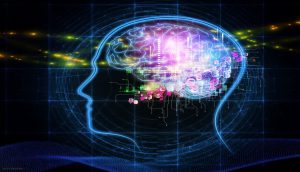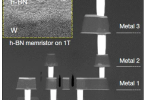
The Human Brain Project (HBP) is the largest Neuroscience and Technology project in Europe and stands among the biggest research projects ever funded by the European Union. It employs about 500 scientists at more than 100 universities, academic hospitals, and research centres across Europe. At the interface of neuroscience and information technology, the HBP investigates the brain and its diseases with the help of highly advanced methods from computing, neuroinformatics and artificial intelligence, and in turn, drives innovation in fields like brain-inspired computing and neurorobotics.
EBRAINS
The Human Brain Project started in 2013. In the past few years, it aimed at developing state-of-the-art neuroinformatics, neuromorphic computing, neurorobotics and high-performance computing with the contribution of multi-scale empirical and theoretical neuroscience. The plan is to now continue the Human Brain Project as a European scientific research infrastructure, EBRAINS, that interacts with empirical neuroscience research. From 2023 onwards the Project plans to operate on the roadmap of the European Strategy Forum on Research Infrastructures (ESFRI). EBRAINS is a digital research infrastructure for brain research that will help the research community to analyse, share, integrate, and model data about the brain with the aim of better understanding the functioning of the human brain and its diseases.
Neuromorphic computing
The team, including Jorge Mejias, Umberto Olcese, Conrado Bosman, Angelica da Silva Lantyer and Cyriel Pennartz, will also contribute by implementing a smaller model of this system on a chip that mimics the hardware properties and connections of biological neurons (neuromorphic computing). The construction of all models is informed by experimental research on how neurons in the cortex code object features and learn from images on how to distinguish them from the background. To realize this component of the HBP, the team will use supercomputing, simulation and data facilities across Europe, and collaborate in particular with researchers from Germany, Switzerland, Italy, the United Kingdom and Norway.







